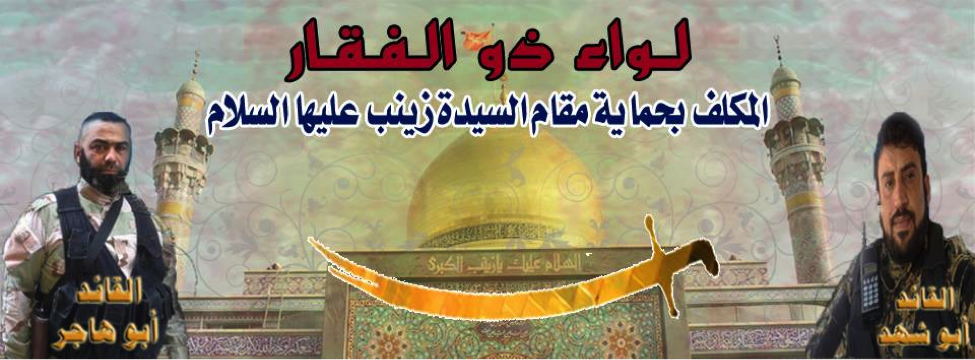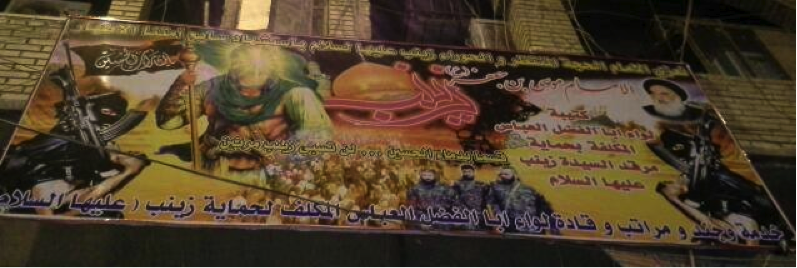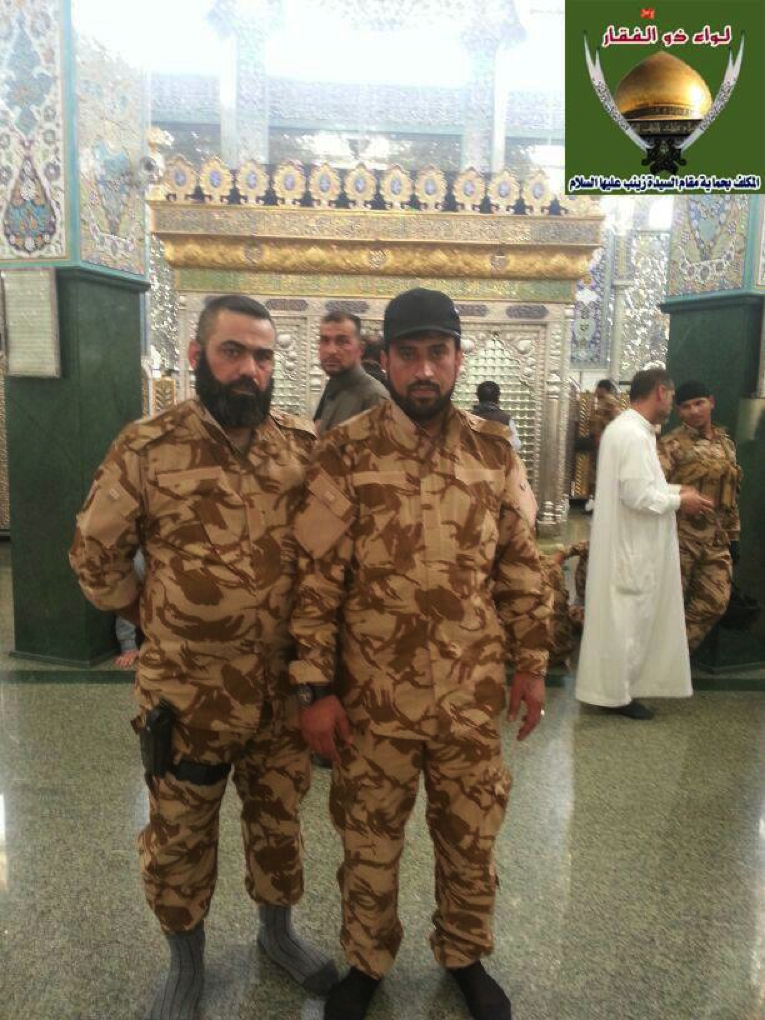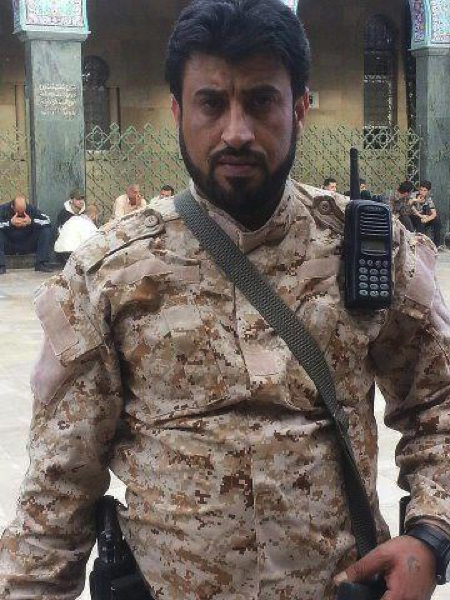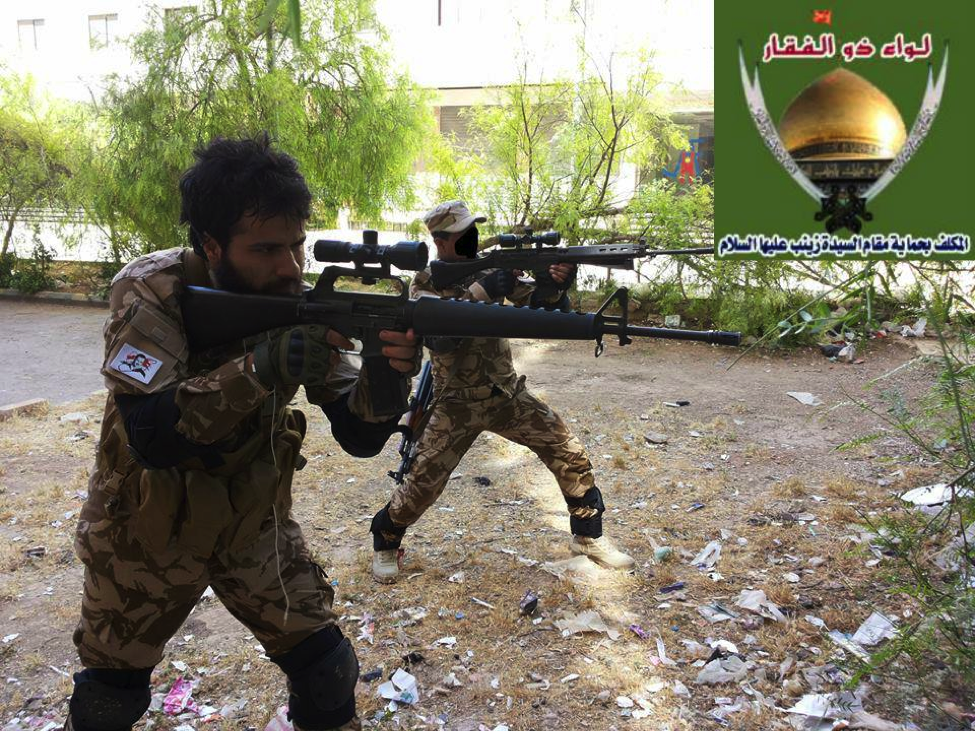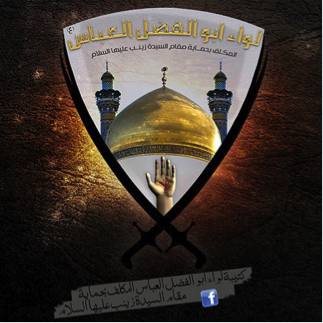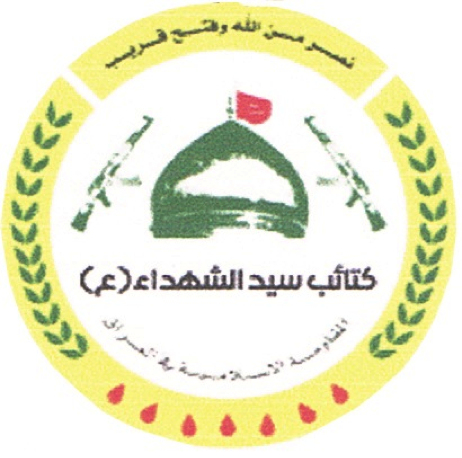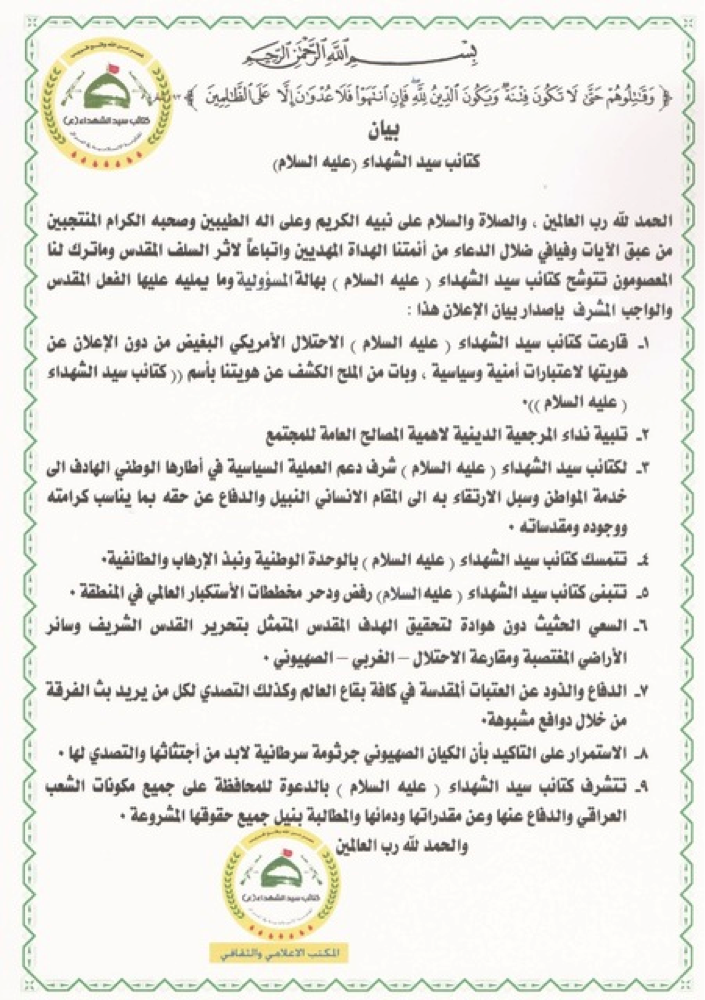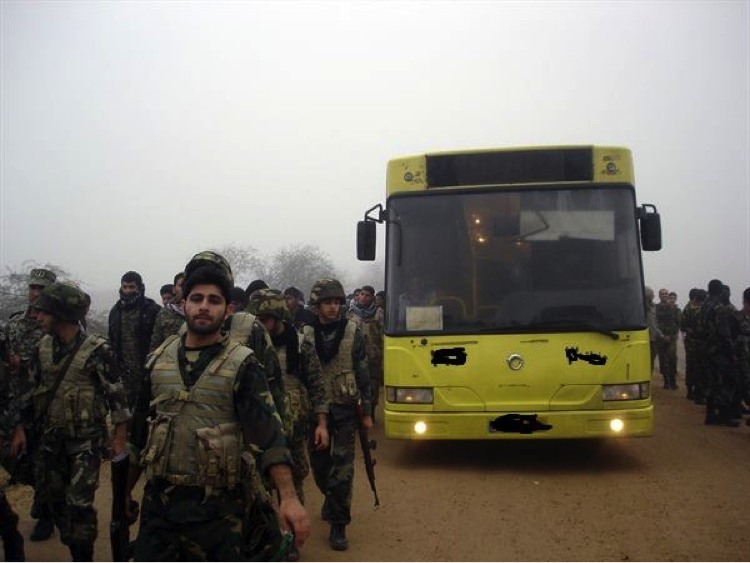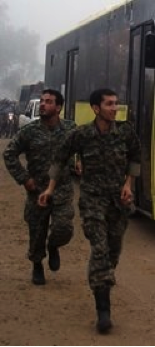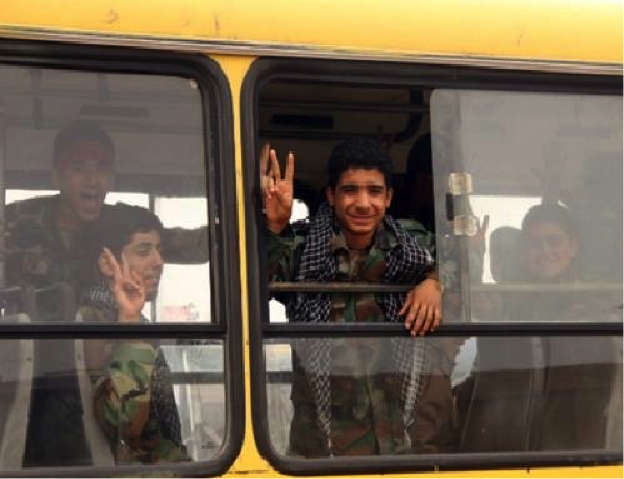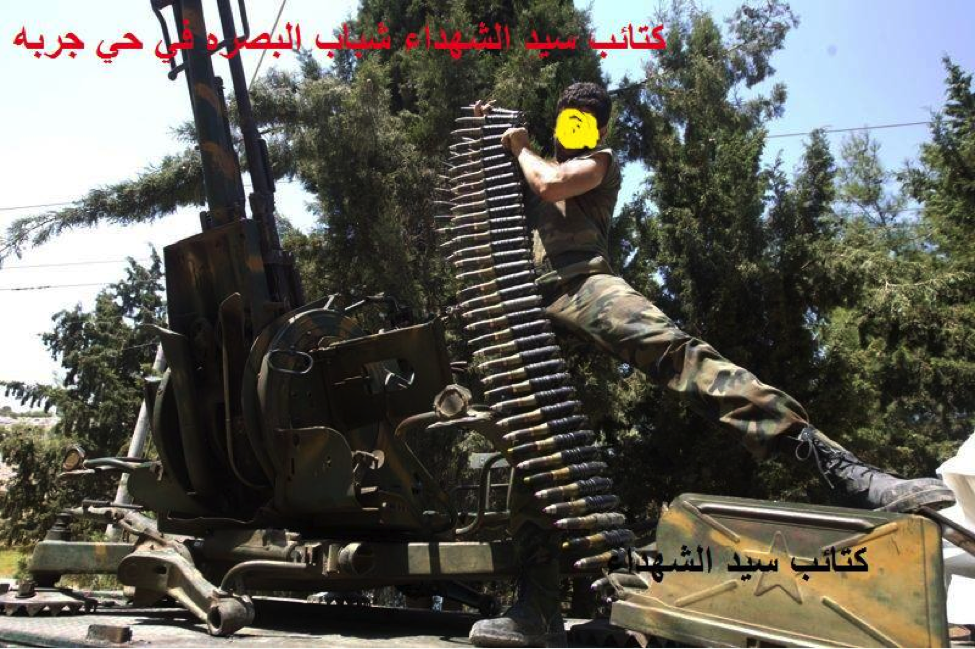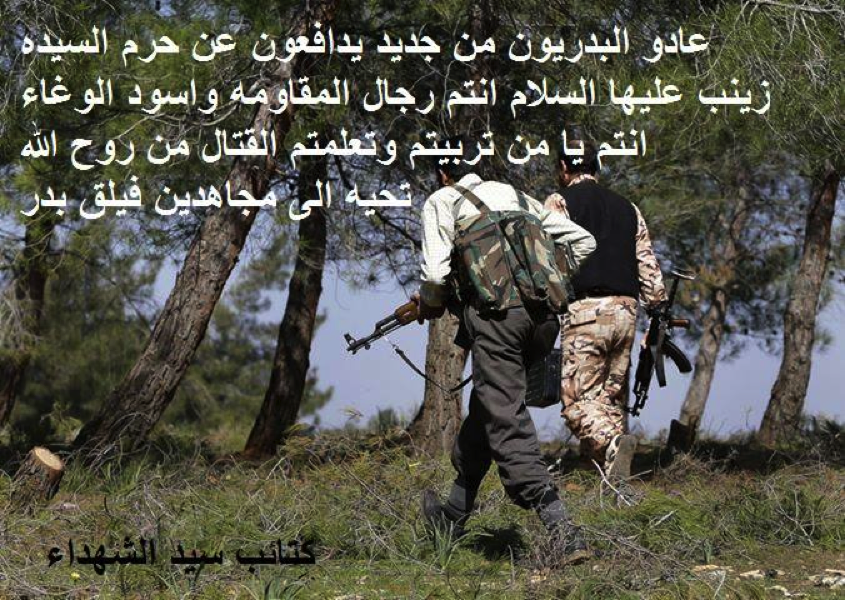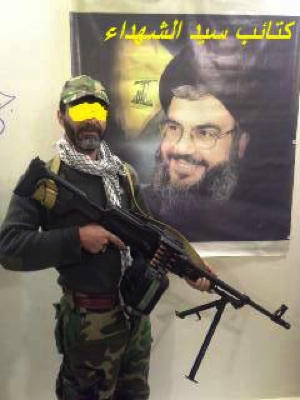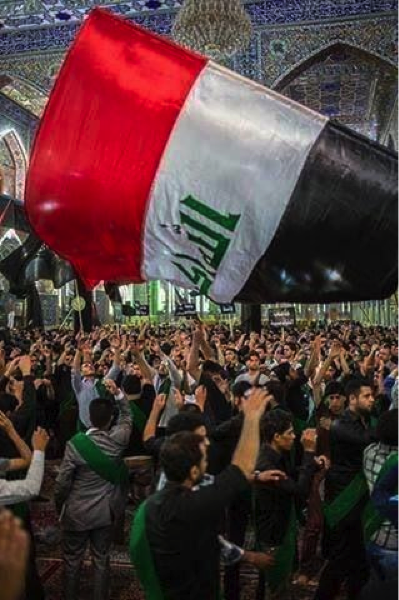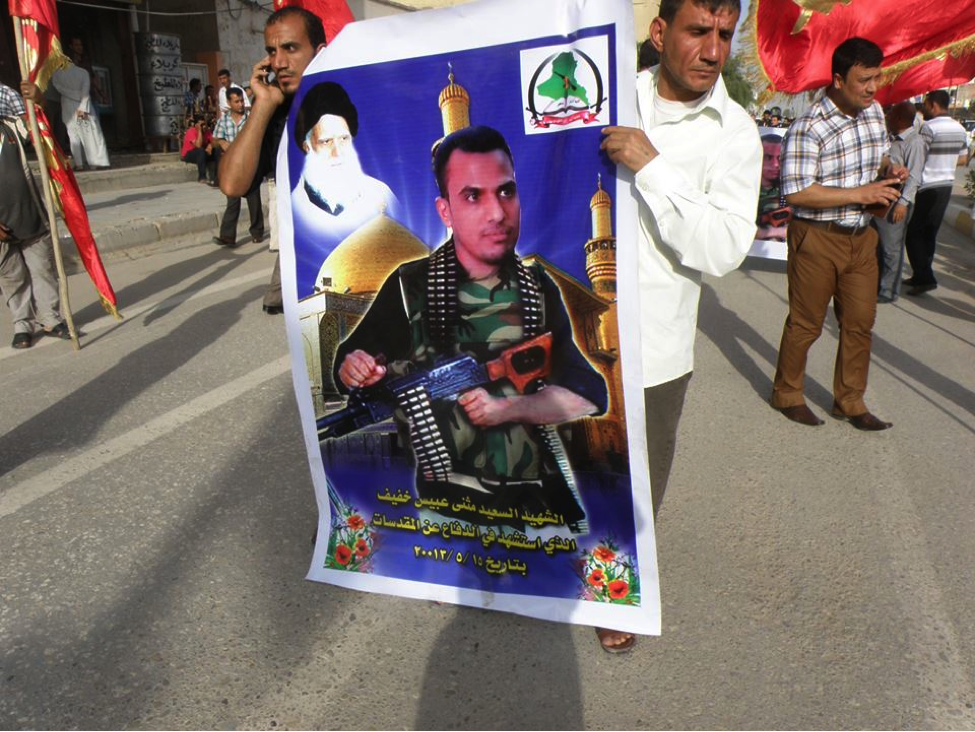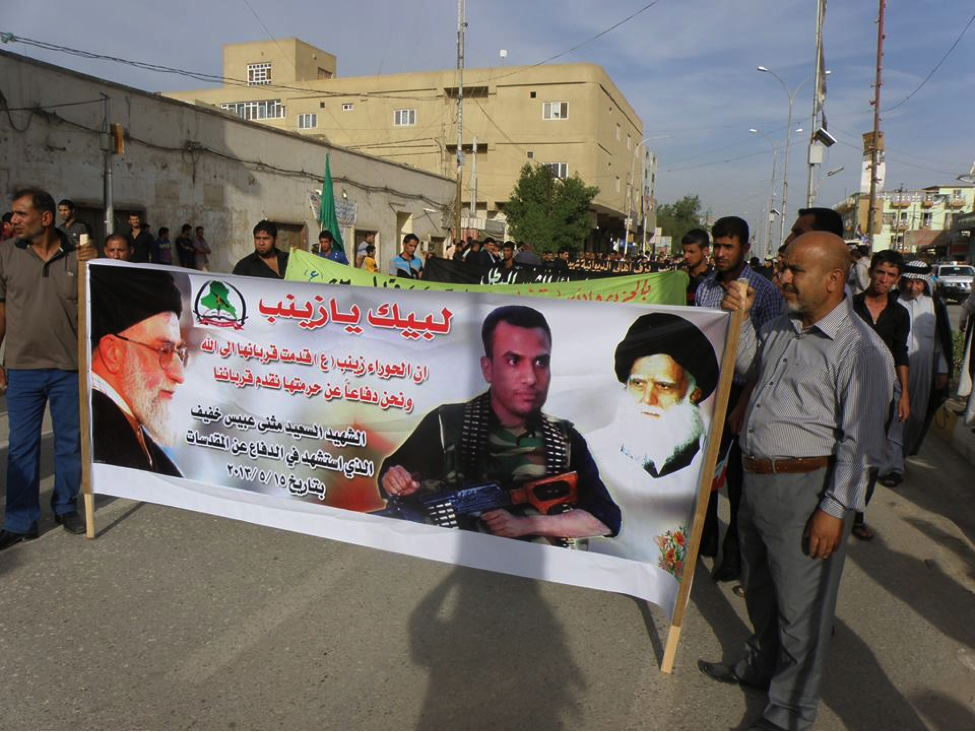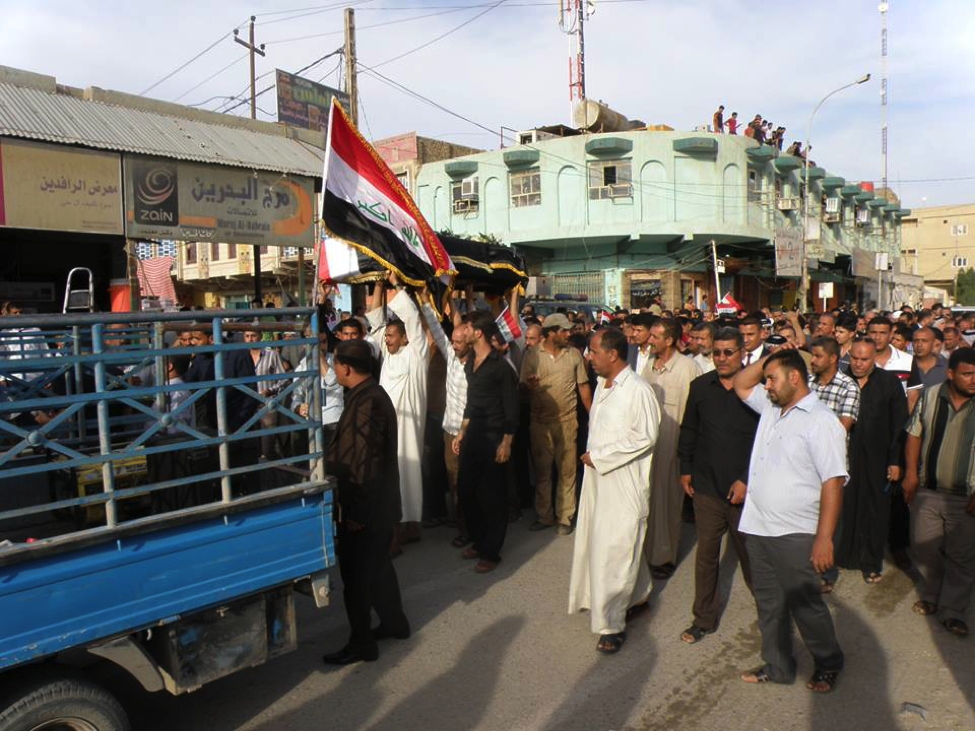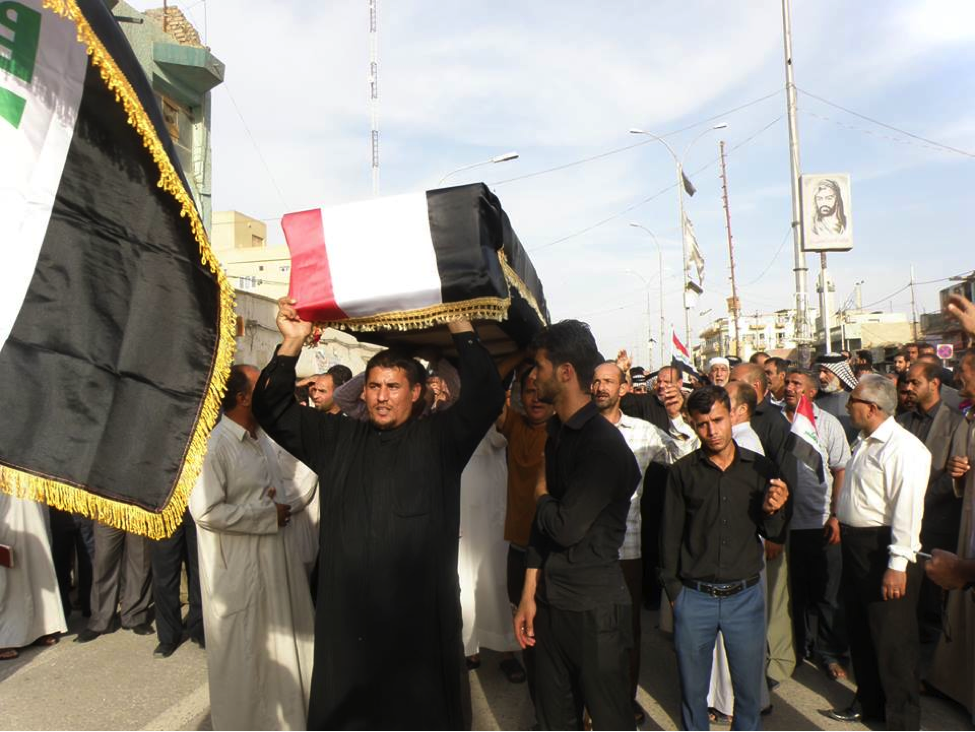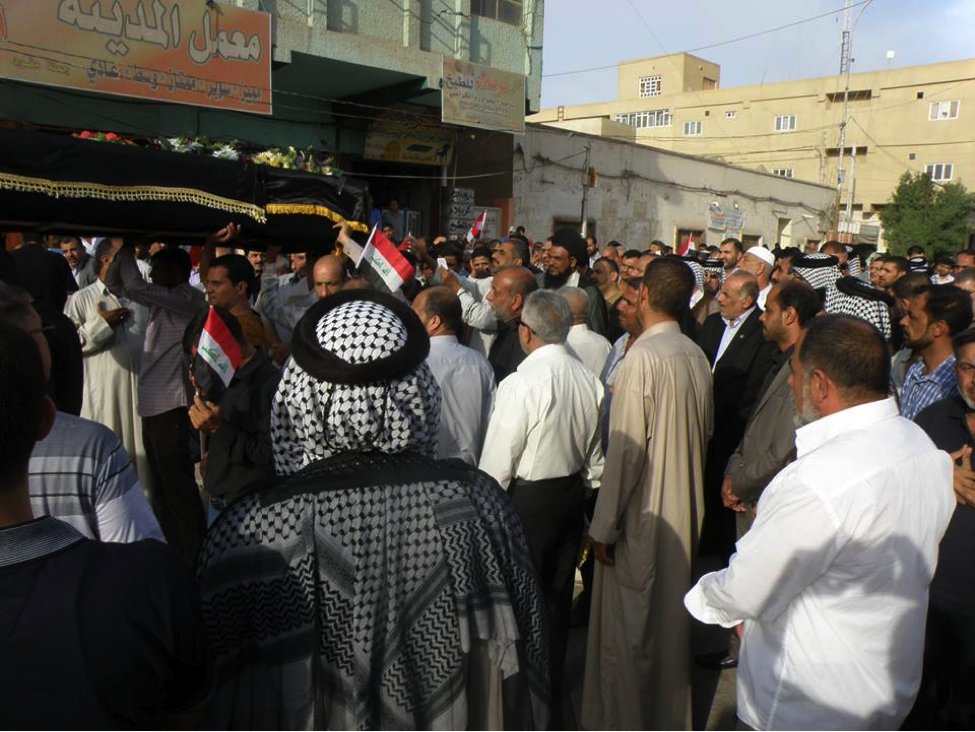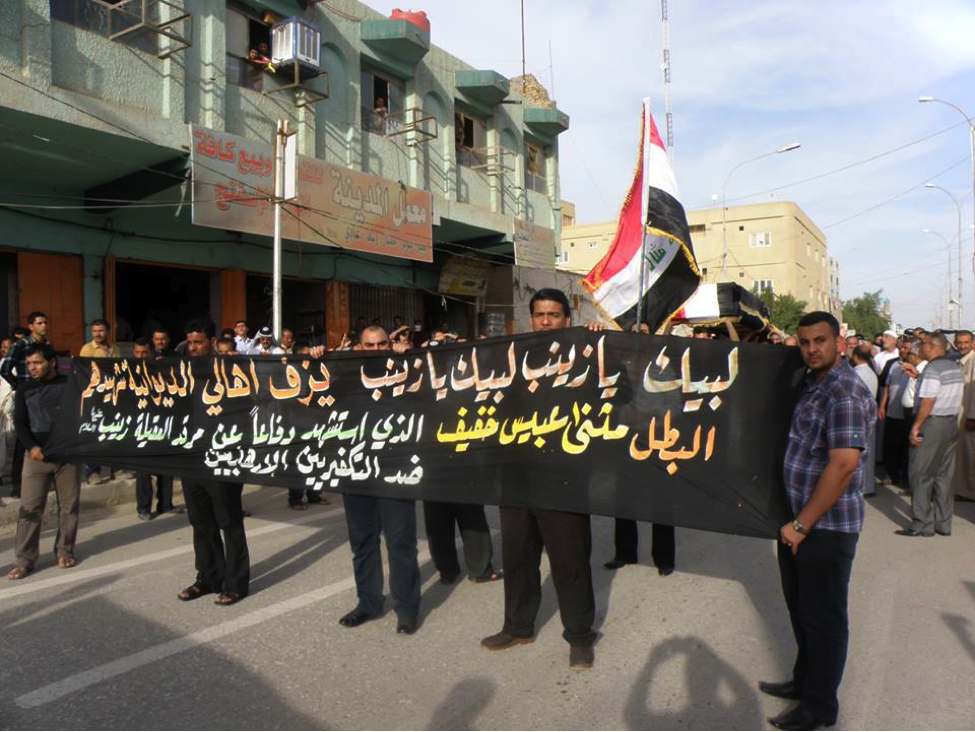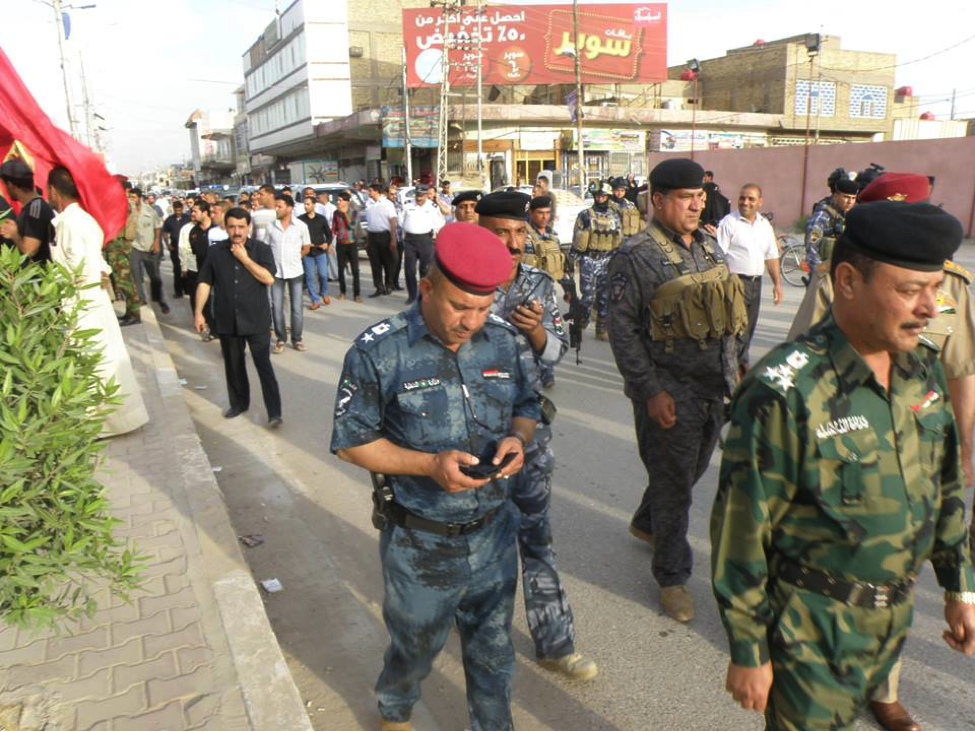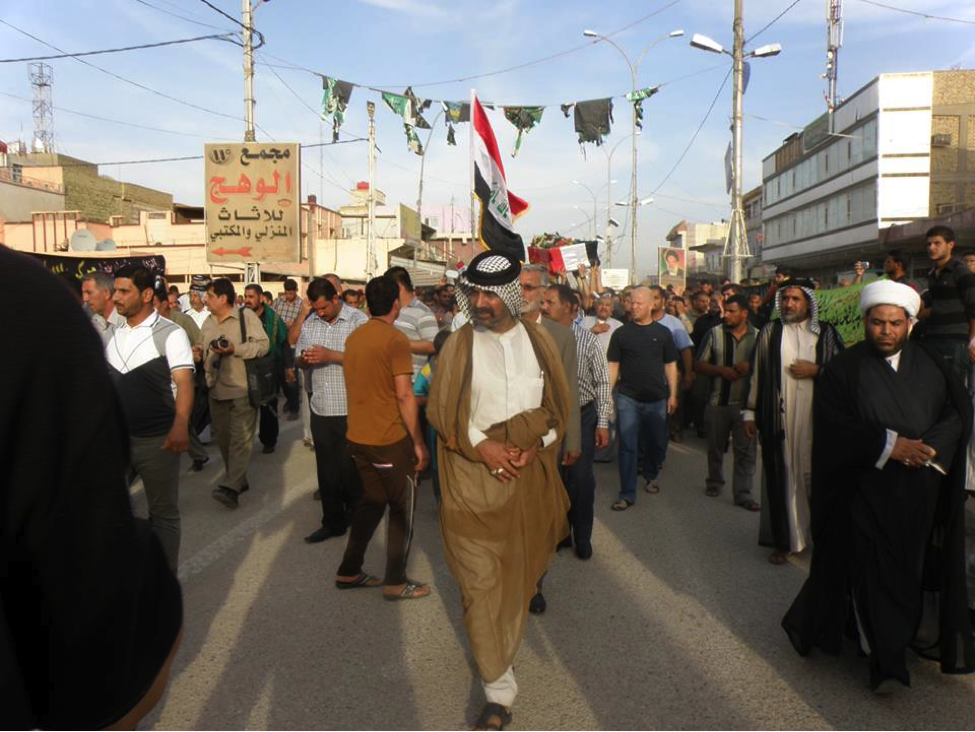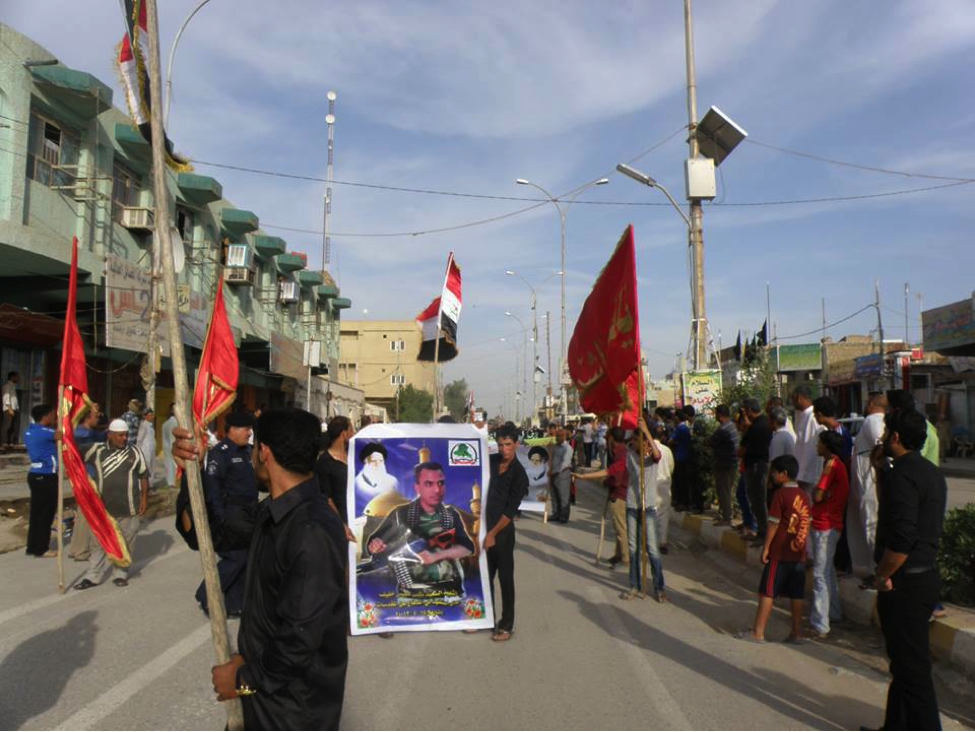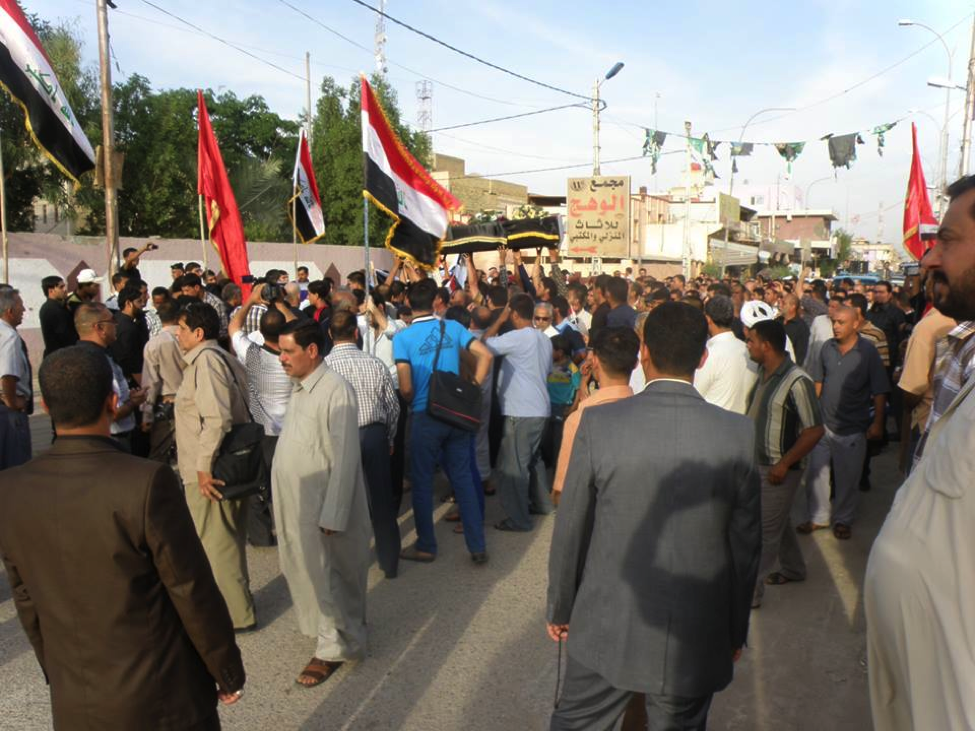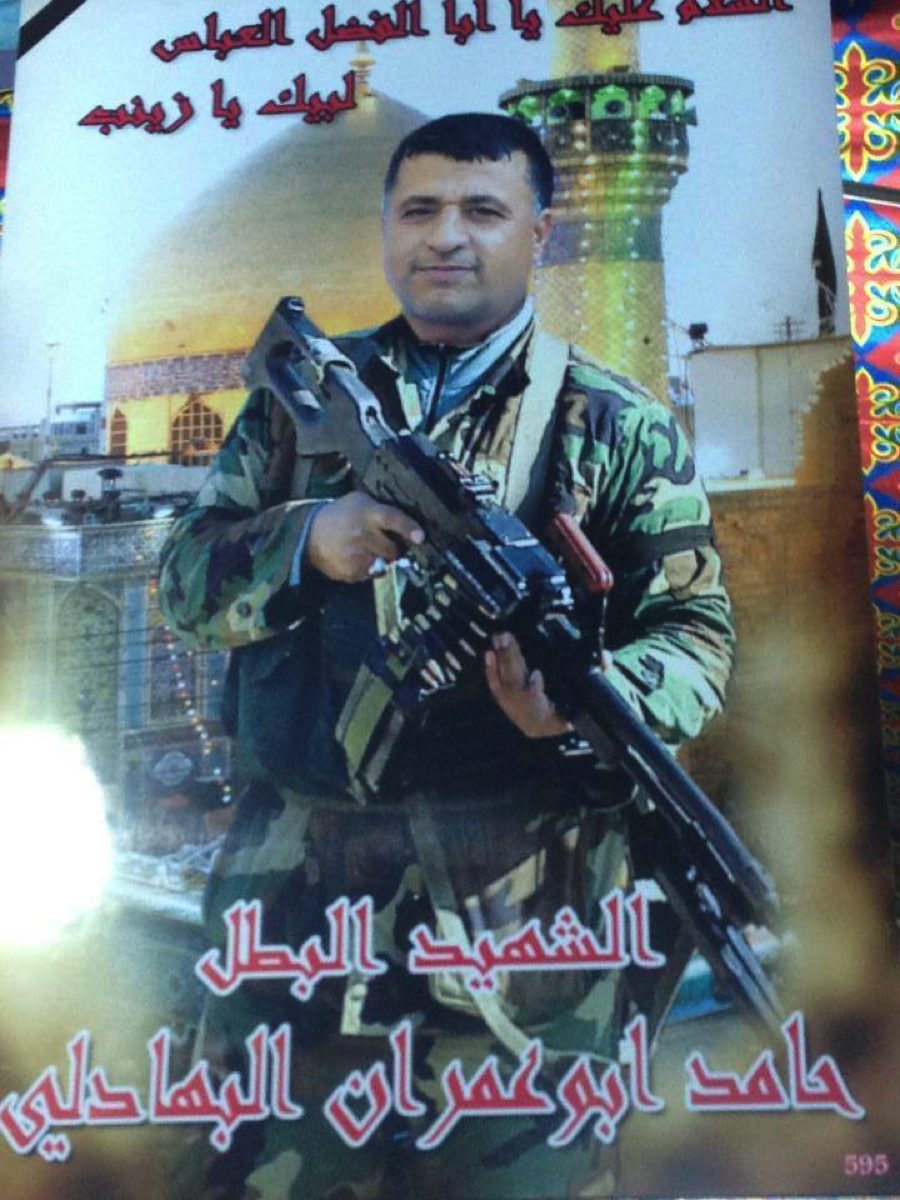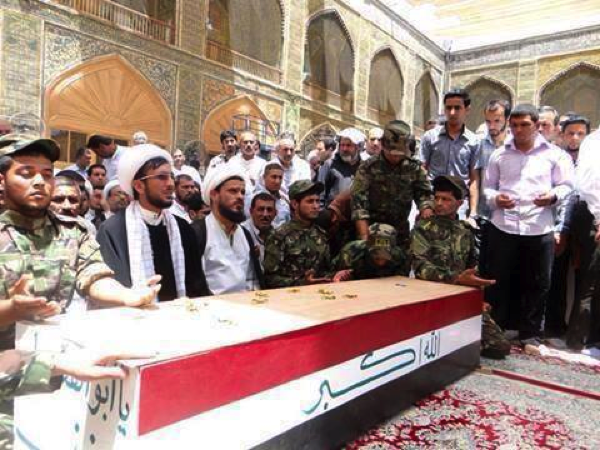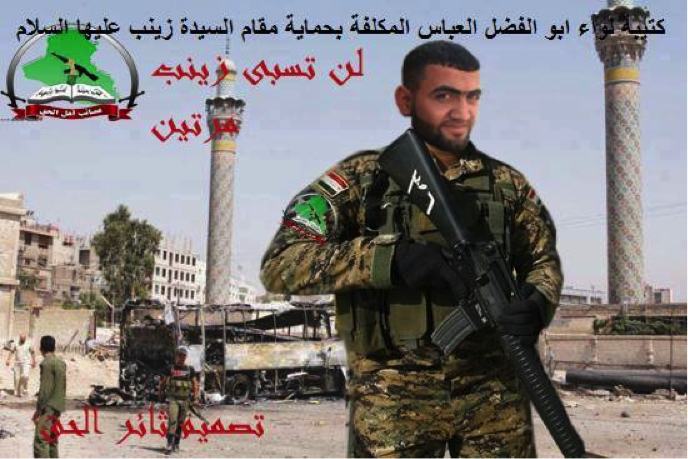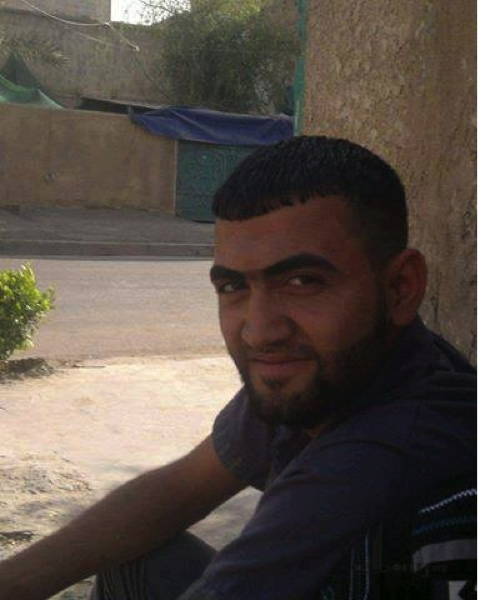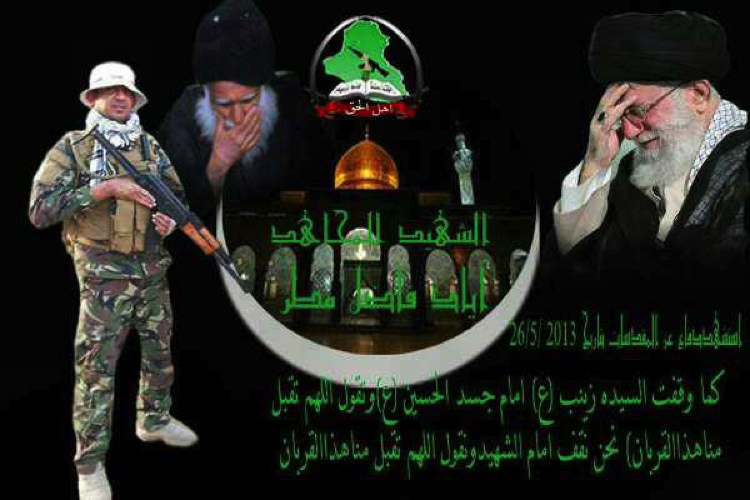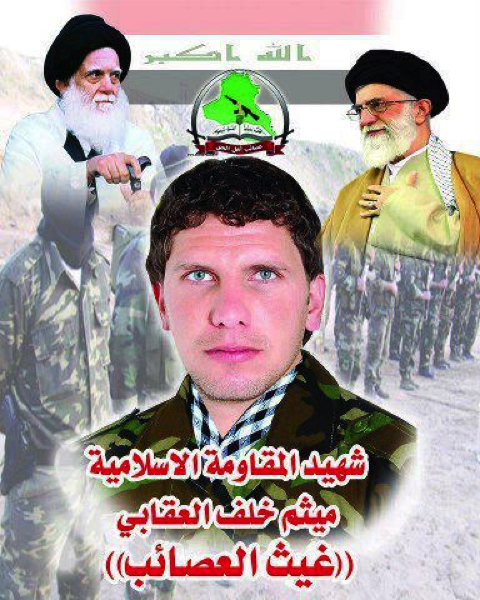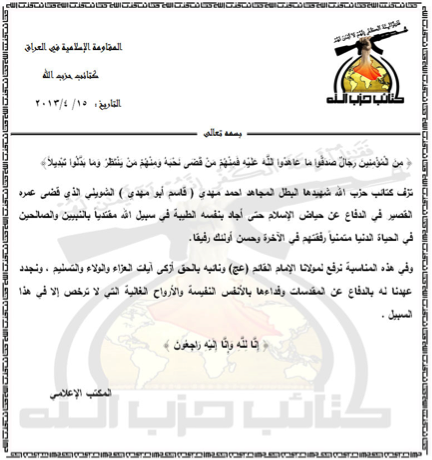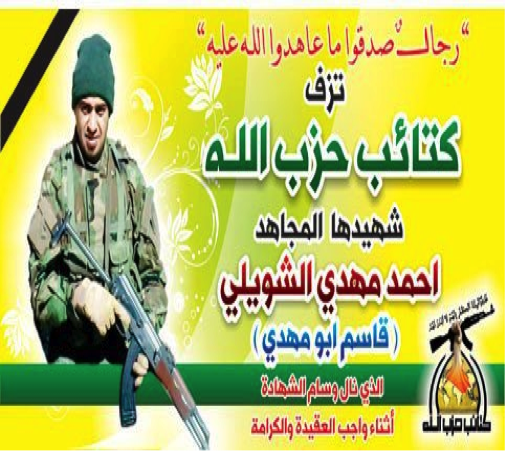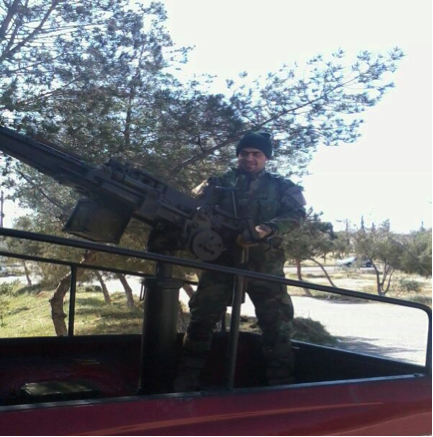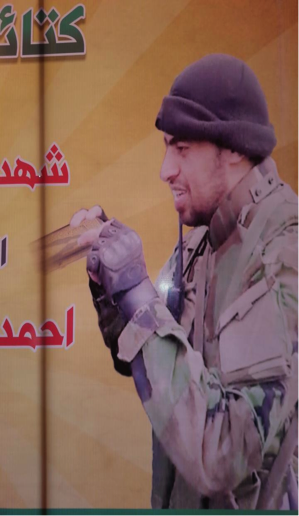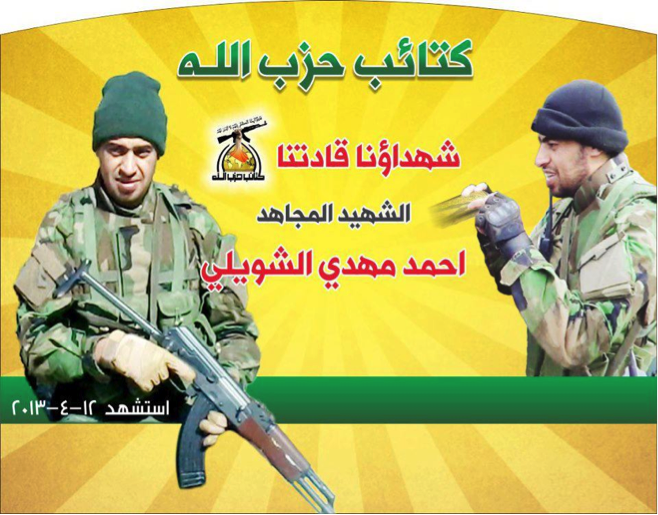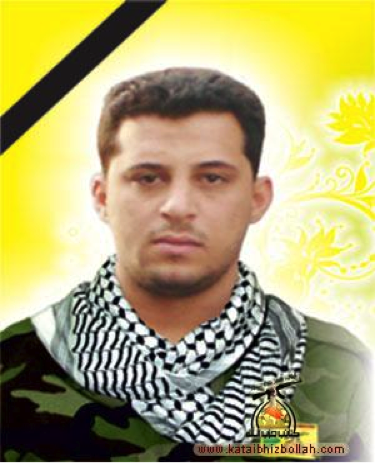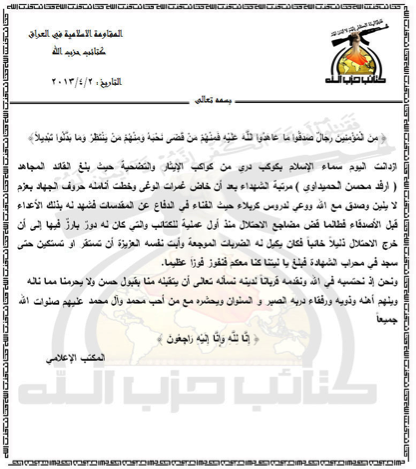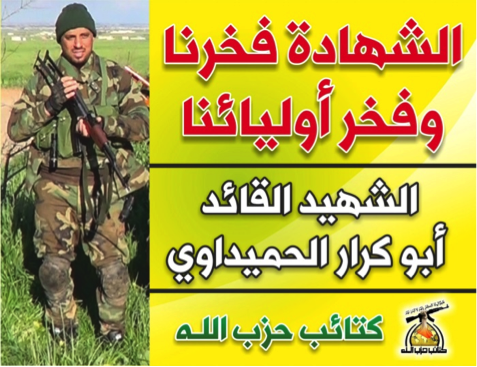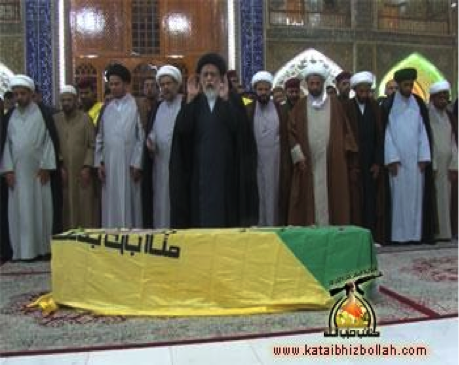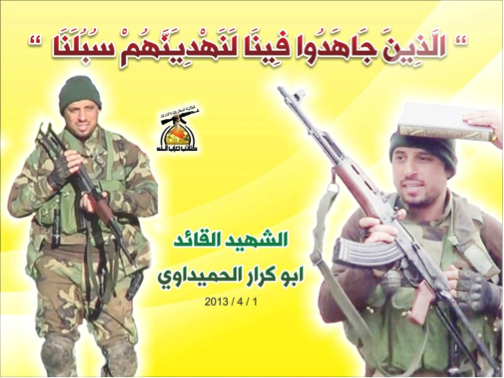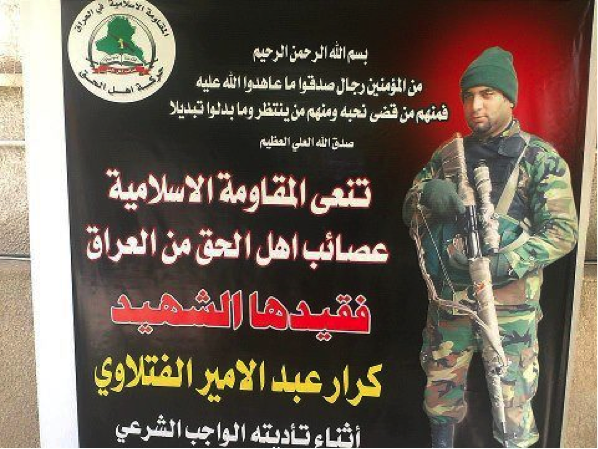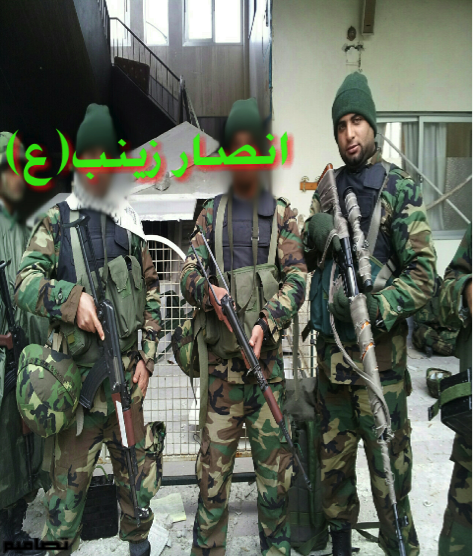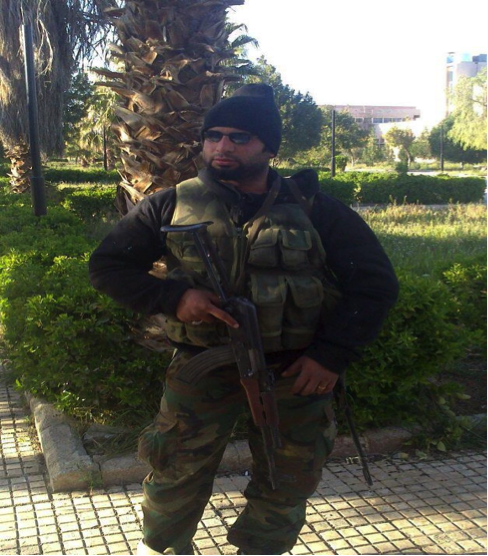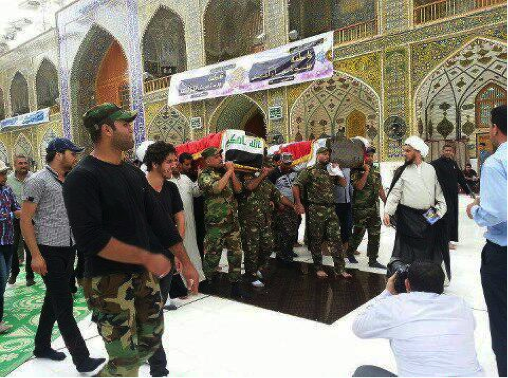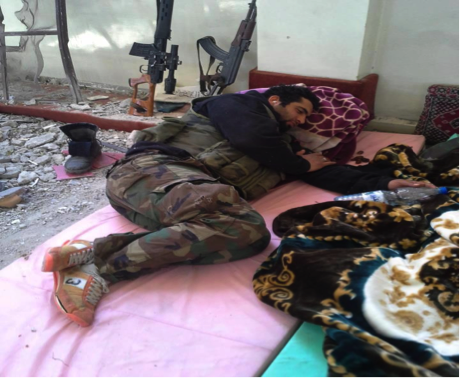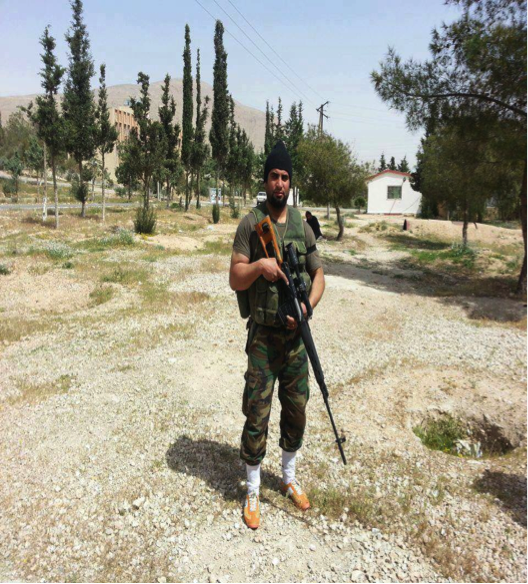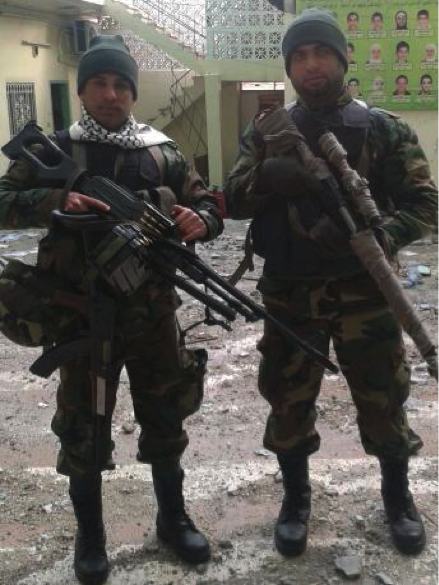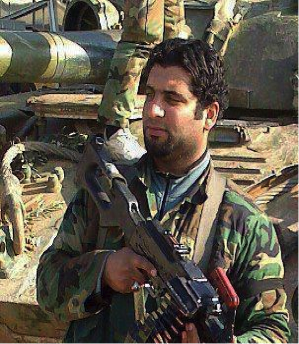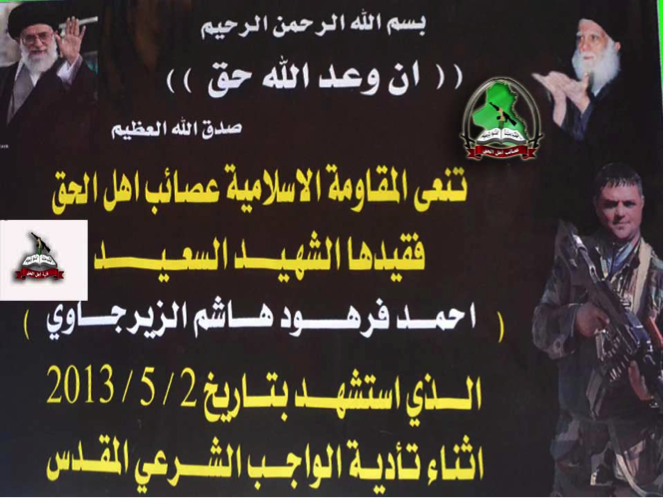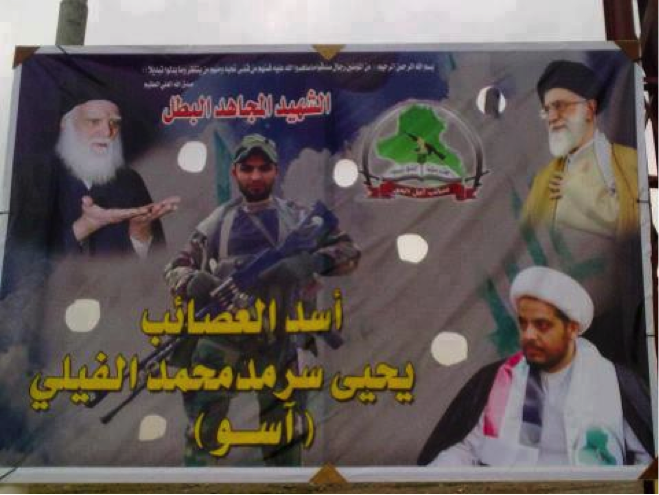NOTE: For prior parts in the Hizballah Cavalcade series you can view an archive of it all here.
—
Breaking Badr: Is Iraq’s Badr Organization Operating In Syria?
By Phillip Smyth ([email protected])
Click here for a PDF version of this post
Due to many public funerals, a number of Iranian-backed Iraqi organizations (Asa’ib Ahl al-Haq, Kata’ib Hizballah, and Kata’ib Sayyid al-Shuhada stand as prime examples) have been identified as supplying combatants to fight in support of the regime of Bashar al-Assad in Syria. However, the Badr Organization, an Iraqi group which has pledged its loyalty to Tehran, was absent from announcements involving Iraqis killed in Syria and has been rather murky on whether it is fighting in Syria.
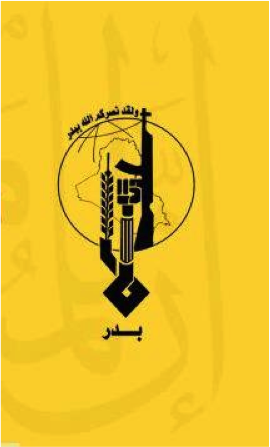
Figure 1: The Badr Organization Military Wing’s logo. Note its similarity to Lebanese Hizballah’s, Asa’ib Ahl al-Haq’s, Kata’ib Hizballah’s and the Iranian Revolutionary Guard Corps’ logos
In February, 2013, Hadi al-Amiri, leader of Iraq’s Badr Organization, said Turkey and Qatar were supplying Al Qa’ida and that this was a declaration of war against Iraq.[1] During a June 21, 2013 interview with Reuters, Amiri said the group was contemplating intervening in Syria and could not, “sit idle while the Shi’ites are being attacked”. [2] Regardless, after assessing posted material issued by the Badr Organization’s social media webpages, it is becoming clear the group may actually be involved in the fighting in Syria.
Beginning life as the Badr Brigade, the militia for the Supreme Council for the Islamic Revolution in Iraq (SCIRI), the Badr Organization split from SCIRI and became its own political group.[3] In 2006, the Council on Foreign Relations reported the Badr Organization had upwards of 10,000 militiamen.[4]
Before and after the split with SCIRI, the Badr Organization received heavy funding, training, and equipment from Iran.[5] The group is also unabashed about its close links with Iran, especially Iranian Supreme Leader Ayatollah Ali Khamenei, and Iranian proxy groups.
Despite material which affirms the group supports the actions of Lebanese Hizballah in Syria, the official Facebook page for the Badr Organization makes no mention that its militiamen may be also operating in Syria. Nevertheless, there are hints of involvement on the group’s page for the Badr Organization Military Wing, the Badr Organization’s militia. Throughout the Spring of 2013, the Badr Organization increased the level of supportive rhetoric for Lebanese Hizballah, Asa’ib Ahl al-Haq, Kata’ib Hizballah, and Iran’s efforts in Syria. A June 21, 2013 photo’s caption said the, “Badr Military Wing will defend Zaynab to the last mujahid”.
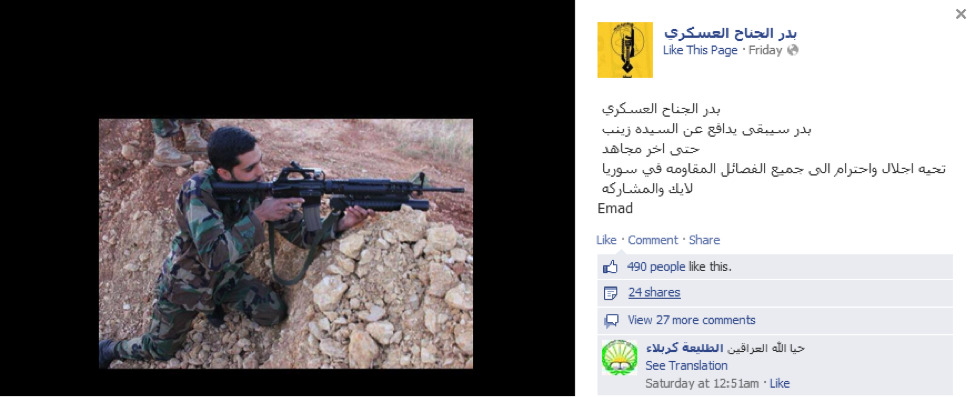
Figure 2: Photo from the Badr Organization Military Wing’s Facebook saying the group will “Defend the Zaynab Shrine to the last holy warrior [mujahid]”.
Earlier, on April 22, 2013, The Badr Organization Military Wing produced and uploaded a song to YouTube. The song’s discription said it was, “A message from Badr to the unjust”and included the lyrics, “We will issue a death sentence against the Free Syrian Army (Jaysh al-Hurr) and no one will be able to defeat us.” The only images present during the music were those of a fighter armed with an RPG-7 in front of the Saydah Zaynab Shrine, the logo for the Badr Organization Military Wing, and the logo for the Badr Organization.
From May 5-9, 2013, a few photographs depicting Badr Organization fighters showing their “Soliderity” with members of Liwa’a Abu Fadl al-Abbas (LAFA) appeared on various pro-LAFA, Badr Organization, and pro-Lebanese Hizballah websites. LAFA has acted as the main front for pro-Iranian fighters inside Syria.
Nevertheless, Badr’s symbols are not a pervasive presence on LAFA or Liwa’a Zulfiqar’s social media websites. Since the group reportedly did not suffer any killed in Syria before June, coverage of the organization’s possible involvement with LAFA or Liwa’a Zulfiqar was muted. The group’s social media posts appeared to do little more than offer visible support for the actions of other pro-Iranian Iraqi groups operating in Syria.
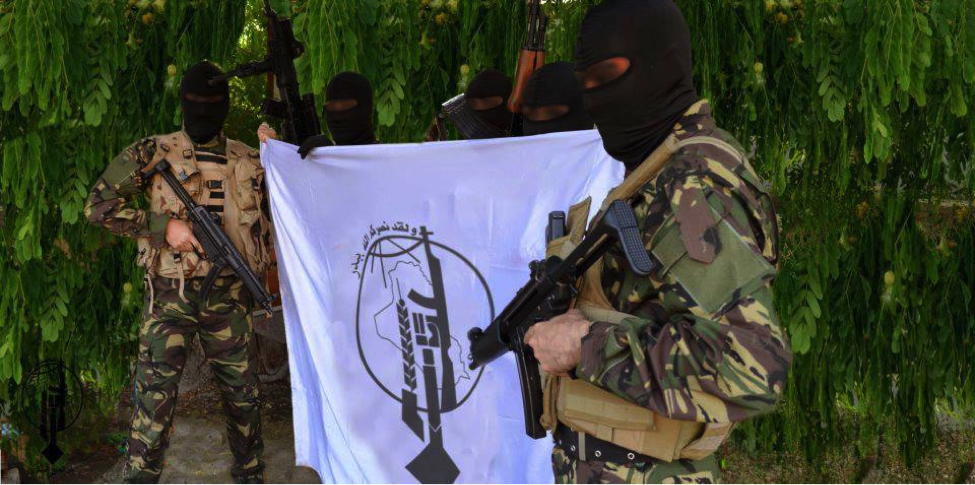
Figure 3: The photo was first posted on the Badr Organization Military Wing’s official and mirror Facebook pages. The photo shows Badr militiamen armed with Heckler and Koch MP5 submachine guns (though, it’s possible these are Iranian copies) and AK-47 style rifles.
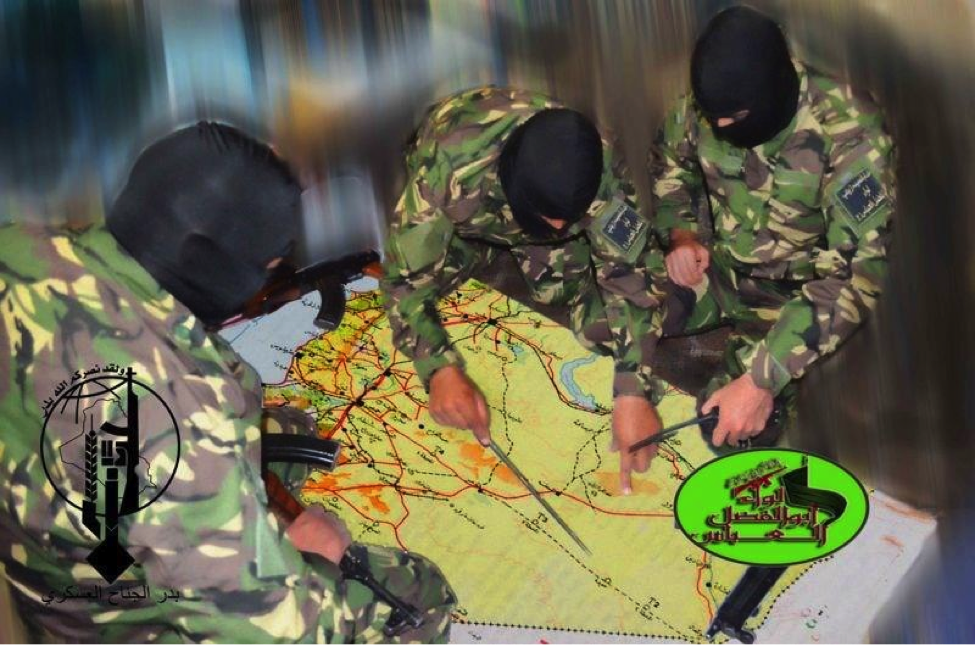
Figure 4: A photo first posted on Liwa’a Abu Fadl al-Abbas’s Facebook page claims to show Badr Organization militiamen studying a map of Syria. Most captions to go along with this photo claimed it was a photo to express solidarity with the defenders of the Zaynab Shrine.
However, the Badr Organization’s public statements regarding Syria grew louder after May 20, 2013. Immediately following attacks on buses carrying Iranian pilgrims near the Iraqi city of Tikrit, the Badr Organization Military Wing announced they would adopt a more threatening posture. [6] The statement said the “Plotters” of the attacks were the United States, Saudi Arabia, Qatar, and “The Zionist Entity” (Israel), and that they would face a swift retaliation. It is important to note that the same compendium of enemies is blamed by Iran and its proxies operating in Syria for being behind forces opposing the regime of Bashar al-Assad. Interestingly, notwithstanding the other, often more horrific bombings Iraqi Shia suffered, and other attacks launched by Sunni Islamists against Shia in Iraq, the Badr Organization appeared to draw a redline with the attack on the Iranians. It is also possible the targeted bus was not carrying Iranian pilgrims as reported, but Iranian advisors or fighters, which would further inflame a pro-Iranian proxy group like Badr.[7]
Based on the fact that other smaller Iranian-backed Iraqi Shia groups have sent fighters into Syria, it is possible the Badr Organization has also sent members. This possibility gained added credence on June 17, 2013 when the Badr Organization Military Wing announced a member had been killed “Defending the Saydah Zaynab Shrine”. Despite this announcement, it is still unclear whether the Badr Organization has committed sizable amounts of fighting men to the war in Syria.
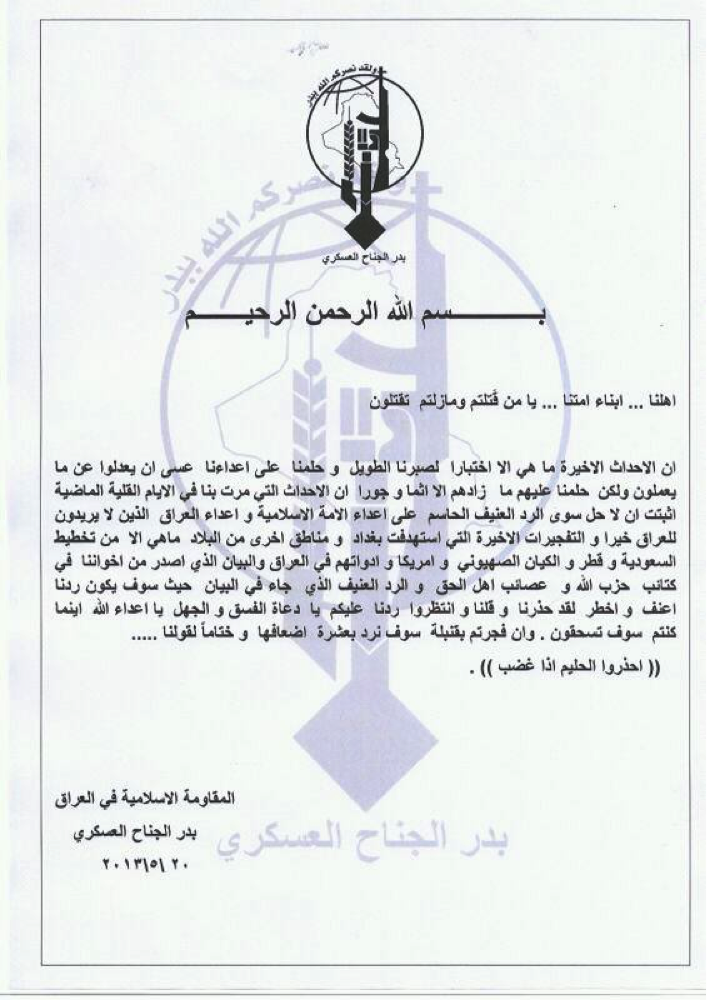
Figure 5: May 20, 2013 Badr statement threatening Saudi Arabia, Qatar, “The Zionist entity”, and the U.S.
The Badr Organization’s First Martyr In Syria?
Name: Yasin Muhammed al-Zayn (A.K.A. Hadi)
Death Announced: June 17, 2013. (He was declared killed on June 17, 2013). The Badr Organization Military Wing’s Facebook declared his death on June 18, 2013.
Notes: Only on the Badr Organization Military Wing’s official page was al-Zayn claimed as a member of the Badr Organization. On his martyrdom poster, it was claimed al-Zayn was killed in the Zayn al-‘Abideen neighborhood of Damascus while “Defending the Saydah Zaynab Shrine”. Other pro-Assad/pro-Iranian backed Shia organization Facebook pages did not mention his affiliation with the Badr Organization. Additionally, no footage of al-Zayn’s funeral could be located. A personal martyrdom page was also created (on June 18, 2013) for al-Zayn.[8] On the page, no mention of any Badr affiliations was made. Interestingly, his death was not claimed by Liwa’a Abu Fadl al-Abbas or Liwa’a Zulfiqar, the two groups Iraqi Shia have fought for in Syria.


Figure 6: The Saydah Zanab Shrine’s golden dome features prominently in the background. No logos for the Badr Organization Military Wing were present on the martyrdom poster.
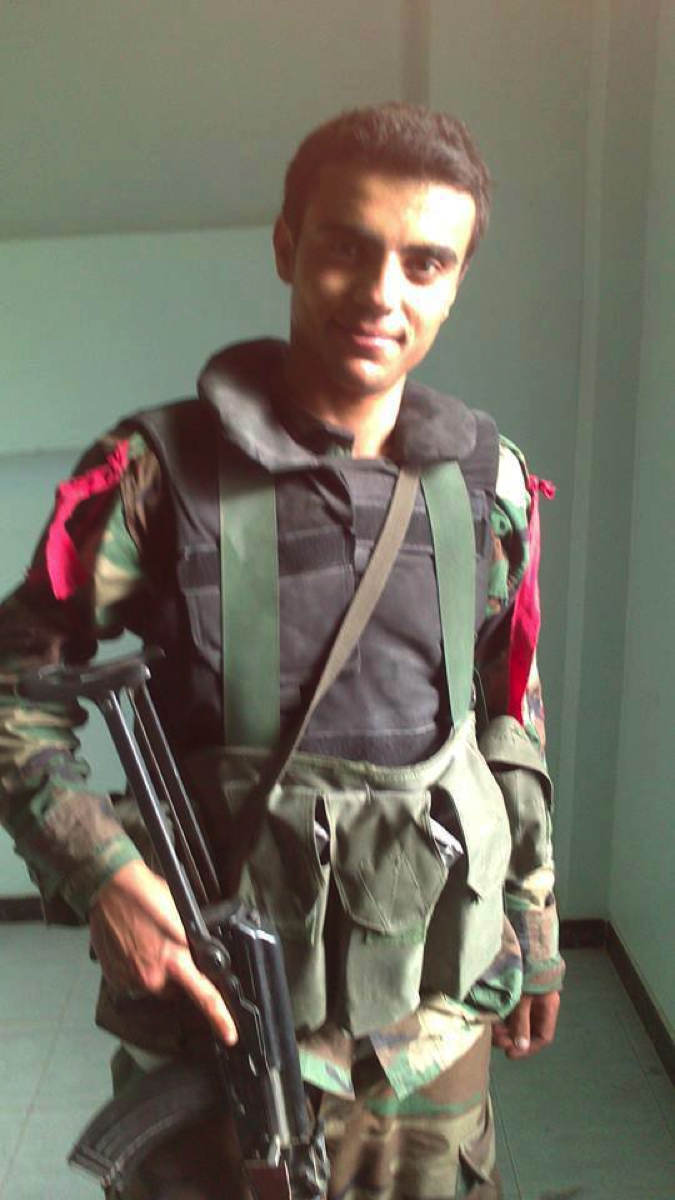
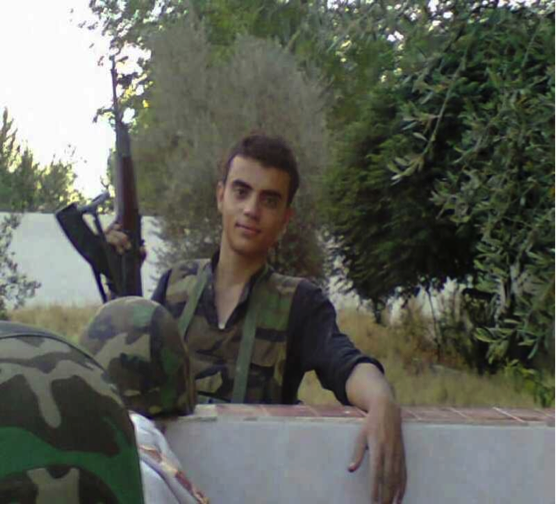
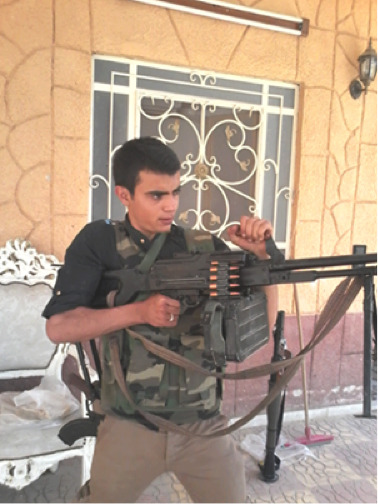
The Badr Organization’s Imagry For Syria
The Badr Organization Military Wing has created a number of provocative online photos dealing with events in Syria. When compared to other Iranian proxies, they have exhibited the most blatant links to Iran’s Supreme Leader. It is possible the group may be setting-up a religious pretext for their [future] involvement in Syria by continually showing pictures of Khamenei. Khamenei had already given religious sanction for Shia fighters to engage in battle in Syria.[9]
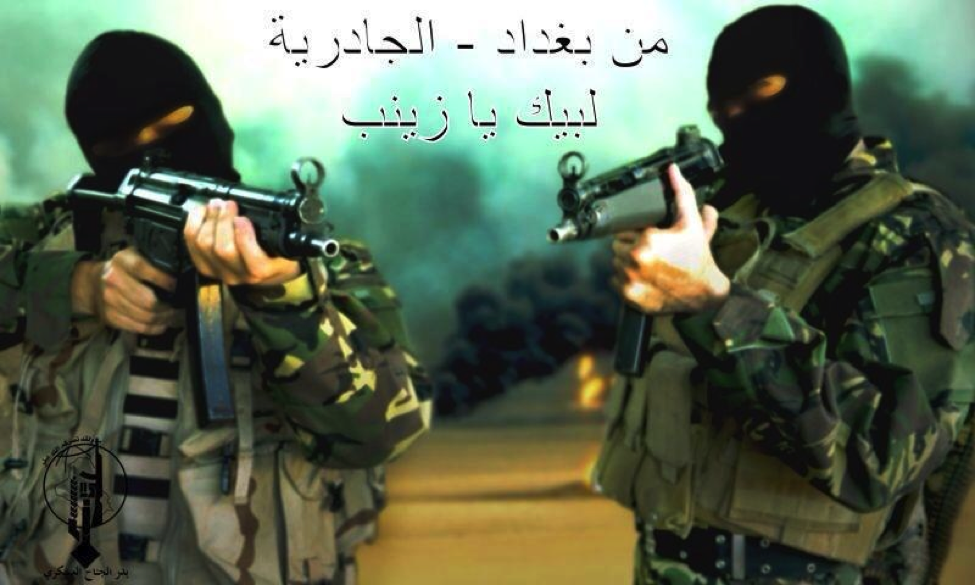
Figure 7: “Min Baghdad – al-Jadriat Labayk ya Zaynab” (“From Baghdad – al-Jadriya [a Baghdad neighborhood] We are here for you, O Zaynab”).
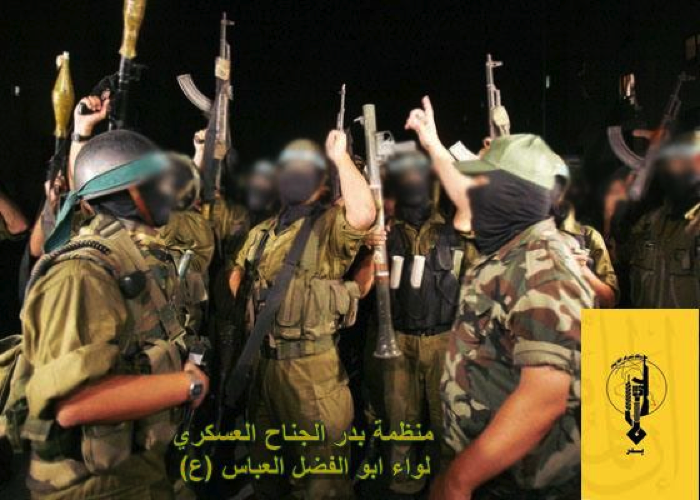
Figure 8: A photo published by the Badr Organization Military Wing showing members of Liwa’a Abu Fadl al-Abbas. The image is attempting to convey that the Badr Organization has members within LAFA.
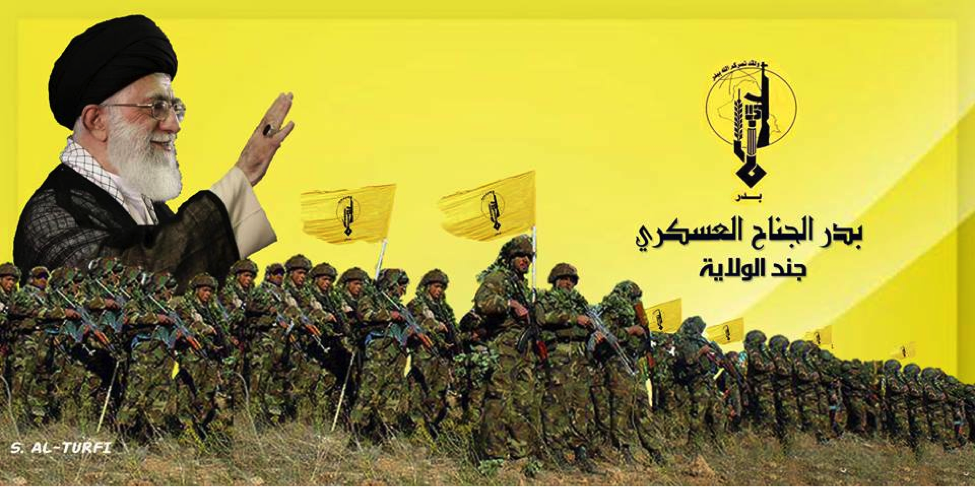
Figure 9: Iran’s Supreme Leader waves and smiles as Badr Organization militiamen stand below him.
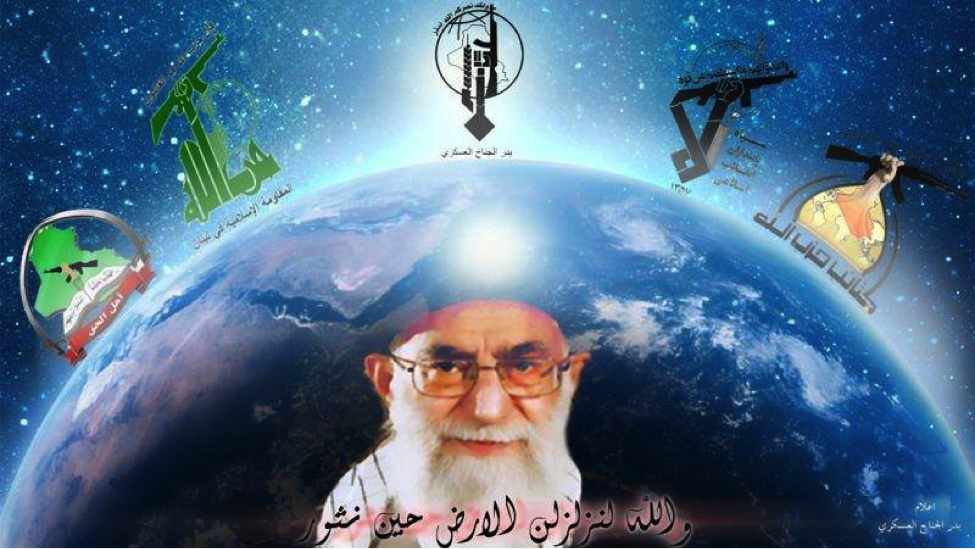
Figure 10: This photo appeared on two pro-Badr Organization Military Wing pages on Facebook. Intriguingly, the photo is extremely blatant about the connection (logos from left to right) Asaib Ahl al-Haq, Lebanese Hizballah, the Badr Organization, the Iranian Revolutionary Guard Corps, and Kata’ib Hizballah share. Iranian Supreme Leader Ayatollah Khamenei looks out from the globe.
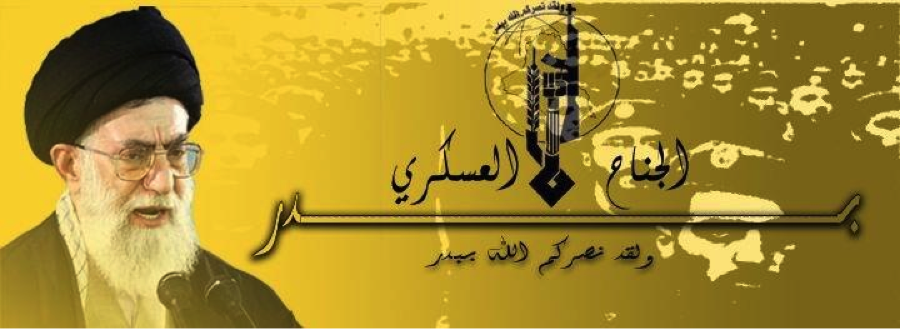
Figure 11: Another online poster featuring the Badr Organization Military Wing and Iranian Supreme Leader Ayatollah Khamenei. The background is a photo of Lebanese Hizballah marching with an added golden hue. [1] Michael Knights, “Syrian and Iraqi Conflicts Show Signs of Merging”, March 7, 2013, Policywatch 2042, Washington Institute For Near East Policy, https://www.washingtoninstitute.org/policy-analysis/view/syrian-and-iraqi-conflicts-show-signs-of-merging. [2] See: https://www.trust.org/item/20130621144421-omxch. [3] See: https://en.aswataliraq.info/(S(clhorg45ylfsgrrhg3vbwlmb))/Default1.aspx?page=article_page&id=147369&l=1. [4] See: https://www.cfr.org/iraq/iraqs-militia-groups/p11824#p6. [5] See: https://www.mcclatchydc.com/2005/12/12/v-print/13157/iran-gaining-influence-power-in.html. [6] See: https://now.mmedia.me/lb/en/mena/8-dead-in-iraq-bomb-attack-on-iran-pilgrims-officials-say. [7] Personal conversation with Michael Knights, June 24, 2013. [8] See: https://www.facebook.com/KlnaAlshhydAlmjahdYasynMhmwdAlzyn. [9] See:

